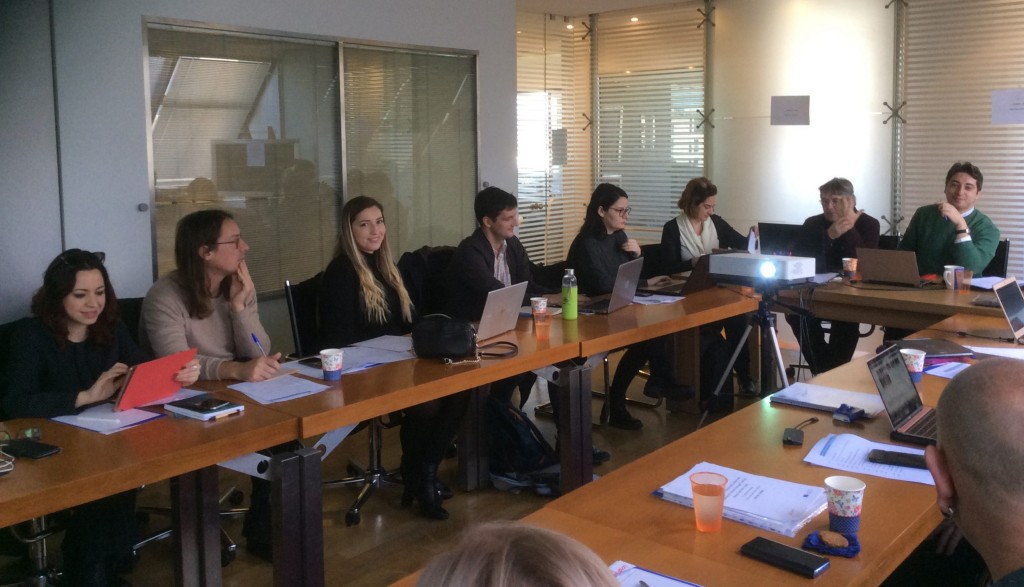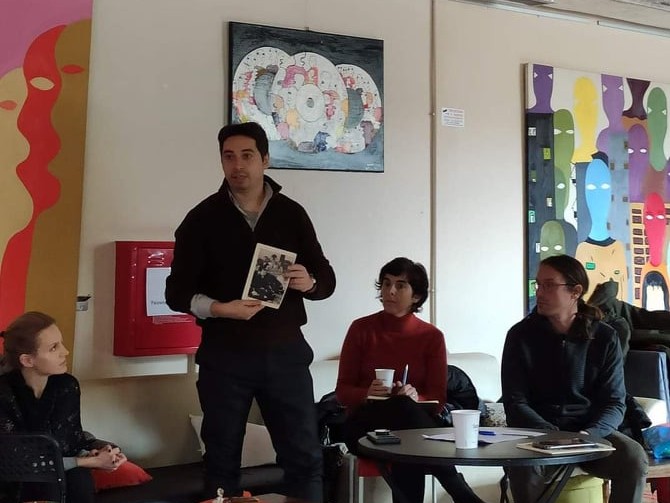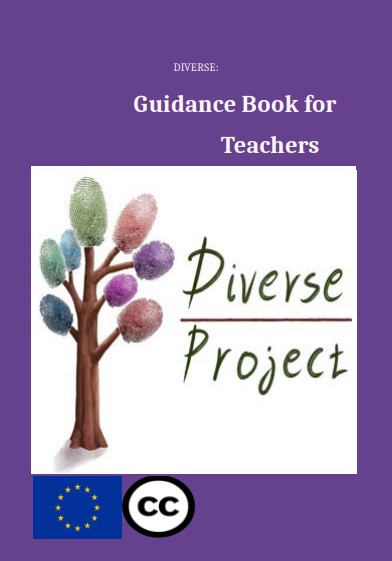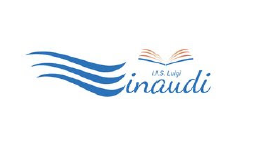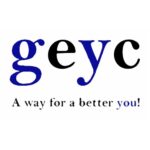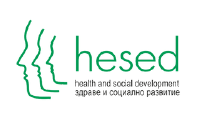DIVERSE project
The project’s aim is to promote the skills of teachers
to manage diversity in the classroom.
The main objective of the project is to improve the management of diversity in the classroom and especially in classrooms with an increased number of children with refugee/migrant or minority background in their school environment.
About the project
The first specific objective of the project is to support teachers and educators that are teaching in multicultural schools (school with an increased number of children with refugee/migrant/minority background) to develop their skills in order to promote effectively in the classroom. The second specific objective is the improvement of the social inclusion of children with refugee/ migrant or minority background in their classroom and in the society more generally. The project will focus both in elementary and secondary schools.
The improvement of teachers’ intercultural competences, including valuing and adapting to diversity as well as being culturally self-aware are key to effectively teaching diverse pupils (European Commission 2015b). The report suggests also that:
Preparing teachers for diversity implies promoting their knowledge and a better understanding of the world and its cultures
Developing communication competences for diversity emerges from the capacity of teachers to be empathic and reflexive about their own beliefs, cultural and socioeconomic differences
Promoting and valorizing non-dominant languages (and cultures) can enable pupils with a migrant background to develop and gain recognition of linguistic skills of equal values.
The project is based on storytelling, which implies a lot of emotional involvement and allows teachers and students to understand better the different cultures, and aims to adapt and upscale three methods of telling a story: Drama in Education, activities based on fairy and folk tales and Digital Storytelling. The training of teachers on how to use these three methods of storytelling in order to promote diversity in their classroom will allow both the improvement of the intercultural competencies of the teachers and the change of attitudes of the whole classroom. This in return will contribute to the improvement of the social inclusion of the children from refugee/ migrant/ minority backgrounds.
The main activities of the project are designed in order to provide to the teachers the necessary tools in order to be able to deal with diversity in their classroom and create learning environments that will promote the effective social inclusion of all the children in a multicultural classroom.
Official website
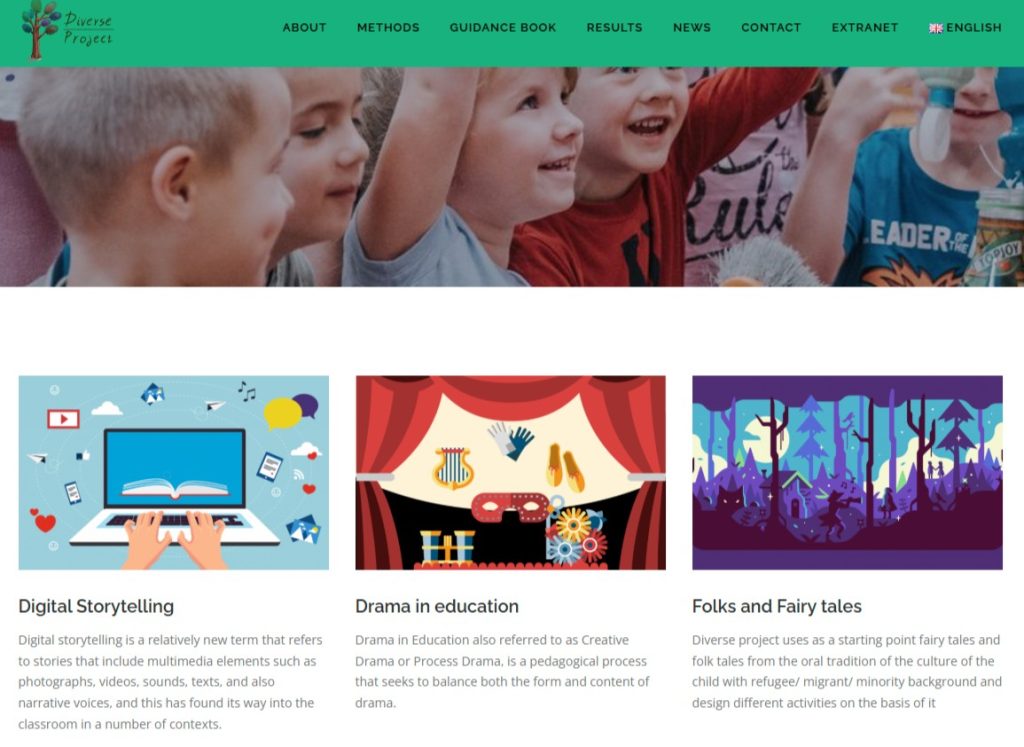
DIVERSE Project
Guidance book
This handbook is written for primary and secondary education teachers. It aims to support you to improve the management of diversity in your classroom, introducing three storytelling techniques:
Drama in Education engages learners in fiction they create themselves, exploring issues they may be experiencing. Drama creates a space for participants to understand the world in which they live.
Digital storytelling uses multimedia elements such as photographs, videos, sounds, texts and narrative voices.
Folktales draw on oral traditions of the world, such as legends, myths, fables, parables, allegories, fairy tales, ghost stories and many others.
Our consortium believes that all three methods are excellent ways to manage and embrace diversity in your classroom. Based on our experience, pupils really enjoy working with methods based on storytelling. With such techniques, you will be able to convey your teaching goal and discuss sensitive issues in a way that pupils won’t even recognize they are learning.
Each method is presented in a similar structure:
• Introduction to theory: the theoretical groundings of the method.
• Description of the methodology: a general introduction into the know-how.
• Lesson plans to try with your class, with plenty of explanations. Examples of using the method in different contexts and with different age groups.
• Some further tools: some further techniques and tips you can try.
• References: a rich selection of links, books and articles for the seriously curious.
We hope you find this handbook practical and useful, and it will help you to enrichen your toolkit to manage diversity in your classroom.




